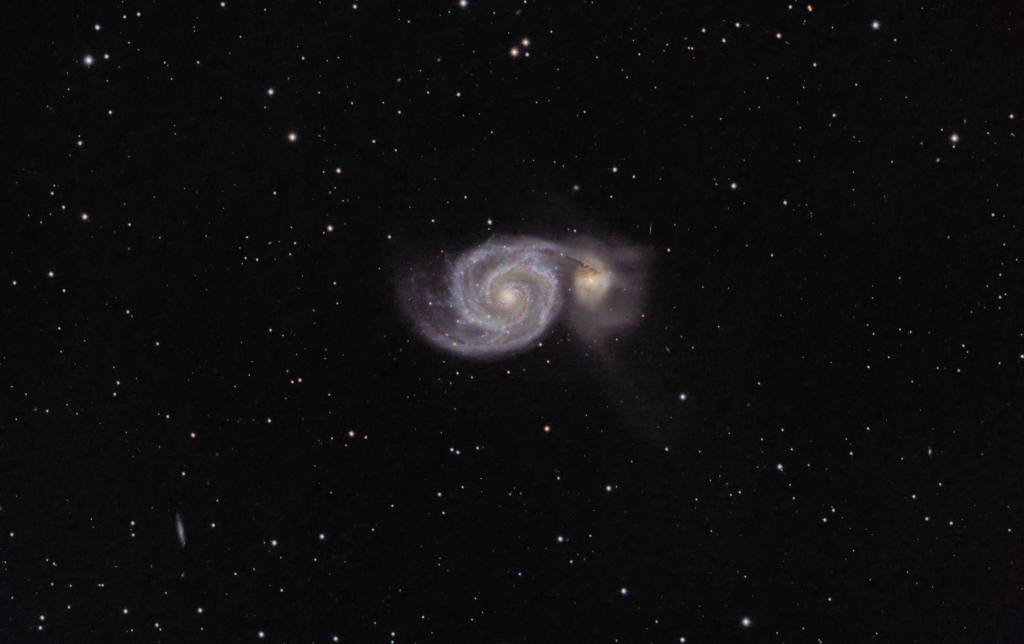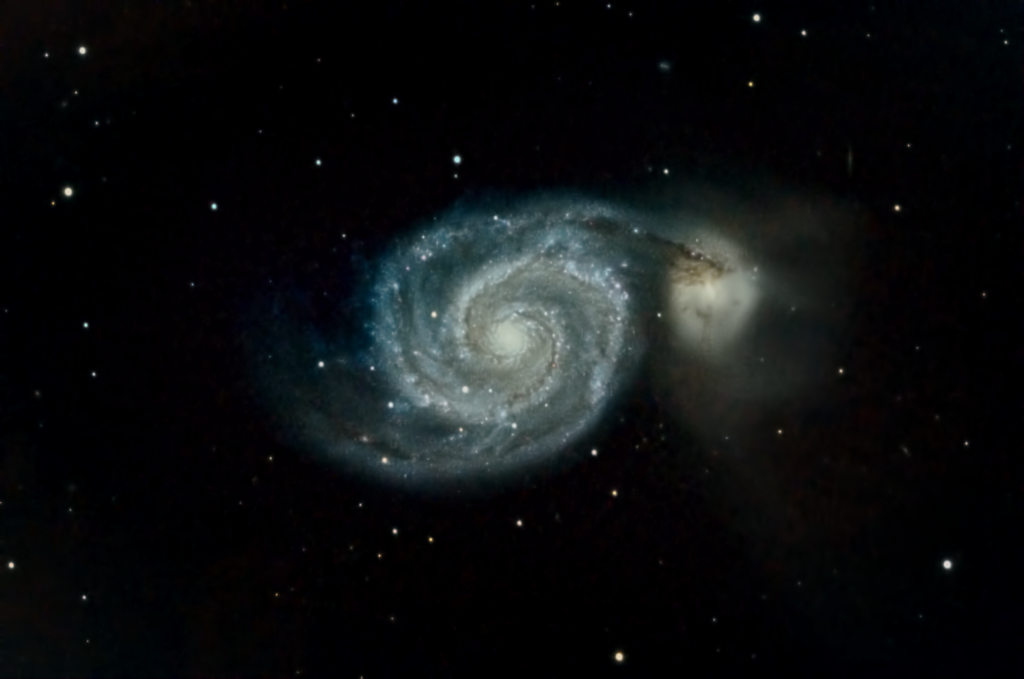
Similar Posts

The Diamond Ring Nebula
Formally Abell 33 or the even more catchy name PK238+34.1, the “diamond ring nebula” is a planetary nebula – that means it’s the gas blown off by a dying star, not too different from our own sun. This one’s interesting due to its almost perfectly spherical shape, its cyan color from ionized Oxygen gas, and…

Dusting Off the Planetary Gear
It’s been awhile since I attempted Jupiter and Saturn… years, in fact. But last night was too good to pass up. Jupiter is just past its opposition, and it’s one of its closest approaches to Earth ever. There wasn’t a lot of turbulence in the air late last night, the Great Red Spot was out,…

Thor’s Helmet
An interesting emission nebula 30 light years across. Imaged with narrowband filters.

Simplify and Automate your Astrophotography
If you’re serious about becoming a better astrophotographer, like with anything, it’s all about practice. With every image you produce, you’ll learn something that makes your next image a little better. But life has a habit of getting in the way. You’ve had a long, tiring day at work – do you really want to…

Globular Cluster M3
You’re looking at about 500,000 stars, balled up just outside of our galaxy. They are ancient; about 8 billion years old.

The Eye of Sauron
The Helix Nebula is also known as the Eye of Sauron or the Eye of God.


